The Top 8 Food Trends to Watch in Austin This Fall
According local chefs, these food trends will be sources of inspiration for many menus throughout the autumn season

There’s no question that social media now plays a major role in the success of bars and restaurants, and TikTok and Instagram are prime environments for starting, growing, and spreading food trends. For Austin chefs and restaurateurs, awareness of timely trends proves essential to crafting menus that will appeal to our city’s passionate diners. “Understanding food trends is part of understanding the interests of our guests. A menu should evolve over time, and if we respect developing tastes, we can bring guests a local and creative interpretation of those tastes,” explains Stuart Thomajan, founder of Chameleon Companies (whose properties include Swift’s Attic, Wu Chow, and Little Wu).
Kyle Mulligan, executive chef of The Roosevelt Room, agrees that chefs should “always keep an eye on what others are doing” both to inspire their own work and also to ensure that they’re not copying anyone else’s dish too literally. “It’s one thing to be inspired, it’s another entirely to be ripped off. We always try to be original, but art is the imitation of something and the observer’s interpretation of said art,” he tells us.
According to a group of chefs and restaurateurs from all over Austin, these eight food trends will show up as sources of inspiration for many menus throughout the autumn season.
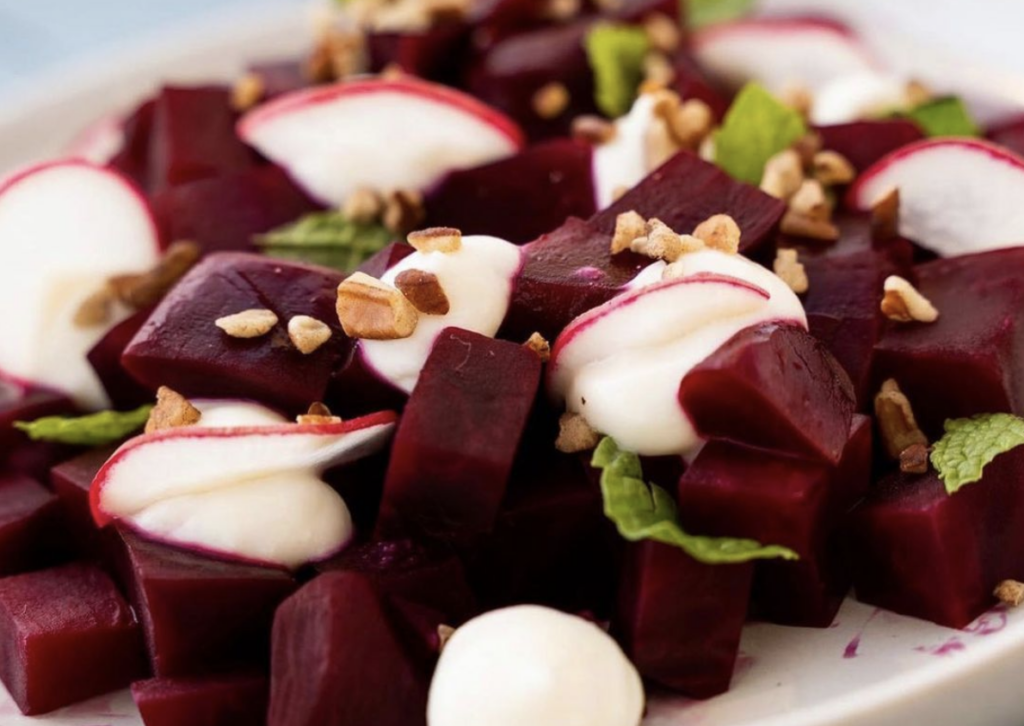
Seasonally-Focused Menus
Keeping an eye on what’s growing in Central Texas helps chefs develop dishes that speak to the moment, which is why executive chef Jeffrey Hundelt of Summer House on Music Lane tells us that “for new menu development, I always start in the garden, keeping the upcoming seasonal harvest in mind.”
Holiday Gift Guide
Laila Bazahm, chef/owner of El Raval, believes that seasonality is always important to consider, as working with fresh produce harvested at its peak ripeness results in more flavorful dishes. “I emphasize highlighting ingredients that are currently in season and utilizing cooking techniques that align with the context,” she says.
Look for ingredients like beets, bok choy, eggplant, chard, mustard greens, squash, and pears at your favorite Austin restaurants. As far as cooking techniques are concerned, chief operations officer Bryan Cromwell of Juliet Italian Kitchen tells us that “for us, fall has traditionally focused on comfort food and heavier dishes, game meats and soups. This is a seasonal food trend that we tend to see in many classic restaurants.”
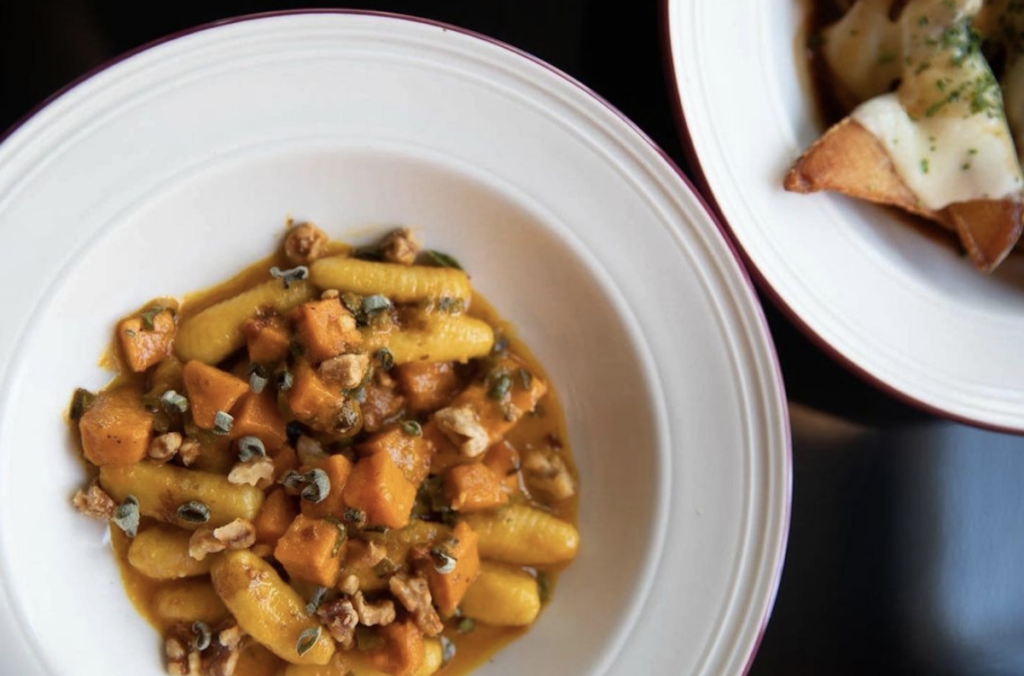
“Home Style” Comfort Food
As Cromwell mentioned, cozy dishes with hearty proteins and produce always seem to be on-trend during the fall season. “People love what is familiar, beautiful, and nostalgic,” says executive pastry chef Hannah Smith of Tillie’s in Dripping Springs, emphasizing the importance of “honest ingredients.”
Rob Snow, executive chef of Cork & Barrel in Round Rock, sees a desire for homey and comforting fare even in fine dining contexts, explaining that upscale restaurant kitchens “are turning back to more old-school cooking methods. I see fewer molecular gastronomy and sous vide techniques; more traditional approaches still capture the flavors of your ingredients, and they’re a lot easier on your culinary team.”
Also, Kristine Kittrell, chef de cuisine of Diner Bar, points out that a “downturn in the economy” contributing to rising food costs can prompt a “move towards comfort food”.
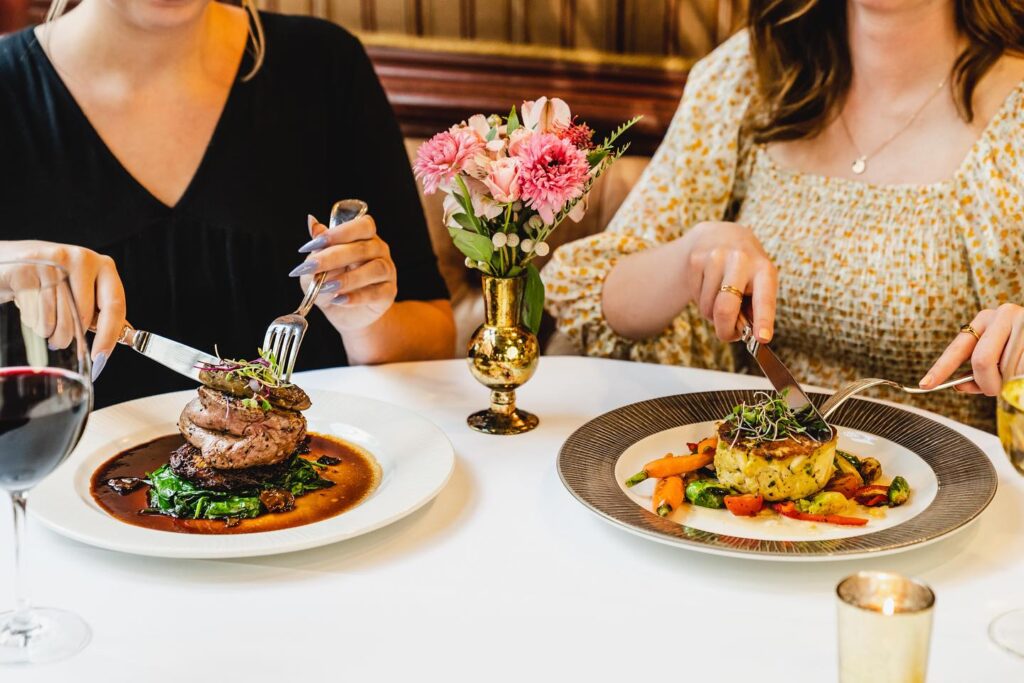
Sustainability
“The sustainability of food and where it comes from has taken center stage over the last couple of years,” insists sous chef Iain Reddick of The Driskill, and that emphasis on local sourcing and regenerative farming will continue to show up strongly in Austin’s dining culture this fall.
“As we look ahead to Fall 2023 and beyond, sustainability continues to be a growing concern globally,” says Davis Turner, chef and co-owner of Huckleberry. “I think that consumers will continue to be thoughtful where their food is being sourced and what will be sustainable for the future.”
For Matt Schweitzer, chef and vice president of Hopdoddy Burger Bar, promoting sustainability at his restaurants involves “advocating and supporting farmers using regenerative agriculture and embracing farming practices that align to work with nature and improve the health of our climate. We believe this cause resonates with everyone and is an undeniable truth.”

”Off Cuts” Of Meat
There will always be a huge market in Austin for ribeye and T-bone and — of course — for brisket, but managing partner Dylan Salisbury of Bill’s Oyster also believes that there’s a local appetite for organ meats and other lesser-known cuts. “I am always expecting — or, rather, hoping — that the next trend in Austin is using off cuts of animals to create something approachable and spectacular. When I travel, I see it everywhere, but it’s something that hasn’t really exploded in Austin yet. It’s a beautiful way to present something unique by utilizing ingredients most chefs throw away. Give me all the pates and terrines, please!” Salisbury says.
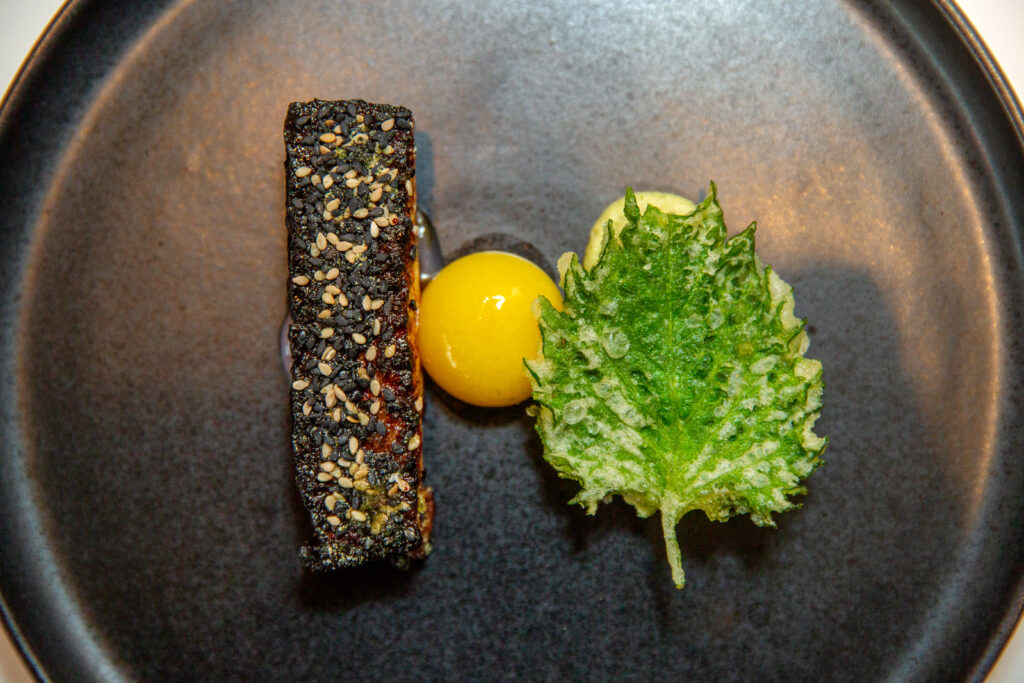
Fermented Ingredients
The bold flavors and gastrointestinal benefits provided through fermentation contribute to the longstanding popularity of these foods, and because fermentation as a method of preservation also helps reduce food waste, it ties into the sustainability conversation happening throughout Austin’s hospitality scene right now. Je Wheeler, the executive chef and owner of Fabrik, anticipates plenty of fermented dishes on Austin menus this autumn, and she gives a particular shoutout to “Japanese ferments like shio koji, amazake, umeboshi, yuzu kosho, mirin, etc. These Japanese ingredients have stood the test of time for thousands of years for a reason, and I think many chefs continue to fuse these ingredients into all sorts of cuisines because they can add so much character and depth.”
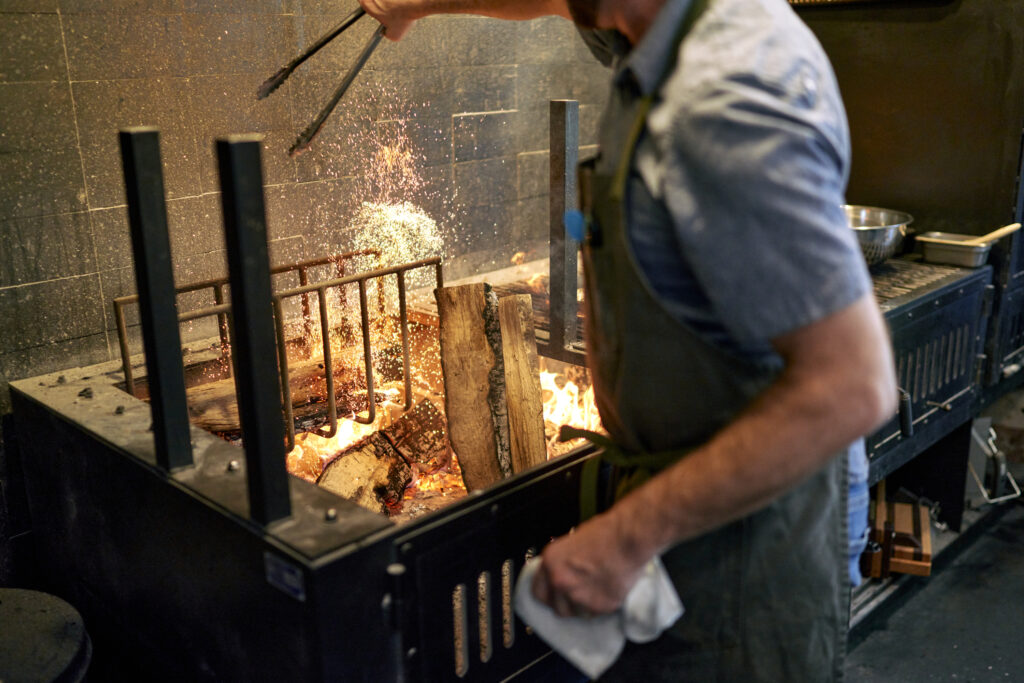
Live Fire Cooking
We weren’t surprised to learn that Austin chefs will be seeking out opportunities to cook over live fire this fall — after all, as owner Steve McHugh of Las Bis and Luminaire puts it, “chefs in Austin and around Texas know smoke.” McHugh views live fire cooking as an unpretentious technique that “takes chefs back to the fundamentals of cooking.”
Laila Bazahm connects the food trend of live fire cooking to a growing interest in global cuisine throughout Austin, since this style of cooking appears in culinary traditions all over the world. “The incorporation of diverse cultural influences adds another dimension worth acknowledging. This dynamic allows chefs to expand their creative horizons, drawing inspiration from a broader palette. It just provides chefs a wider canvas to draw inspiration from and it’s truly beneficial,” she says.
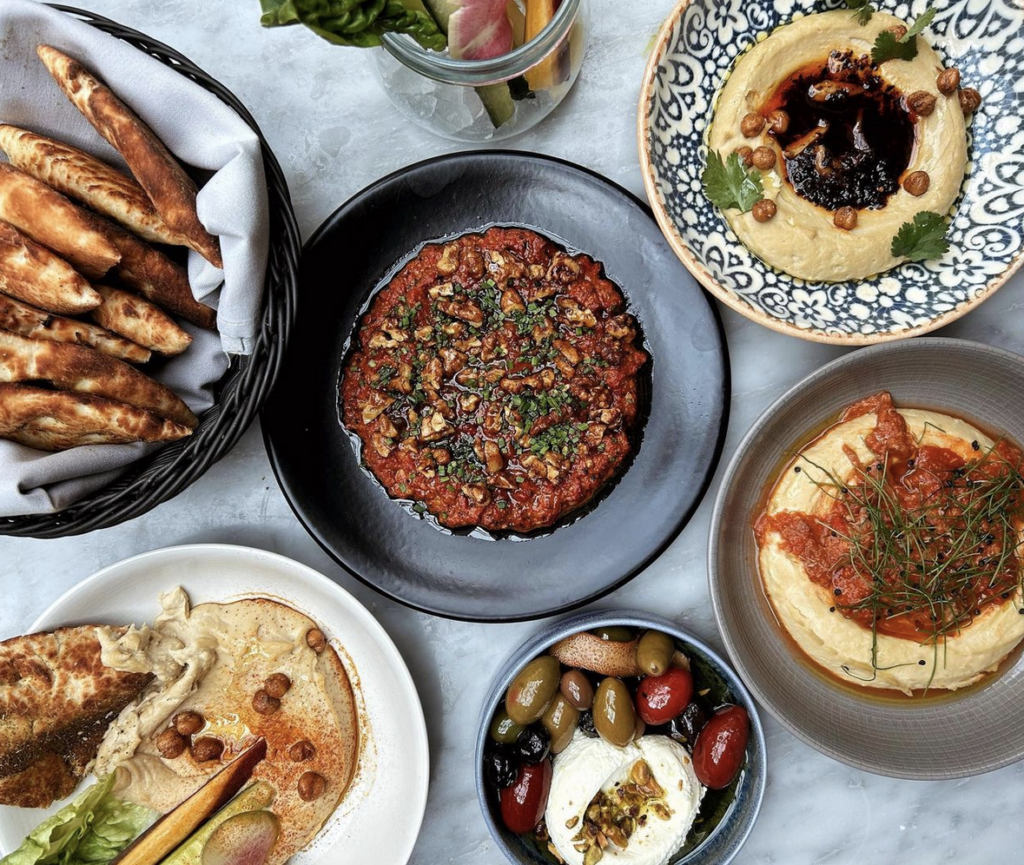
Middle Eastern & Mediterranean Cuisines
Speaking of global cuisine, Austin is now home to a number of restaurants that draw inspiration from the Middle East and the Mediterranean region, and Chef CJ Jacobson, whose restaurant Aba features a Mediterranean menu, anticipates further growth in that category. “Not only is Mediterranean cuisine known to be full of vitamins, minerals and healthy fats, but it is also beautiful, offering an aesthetic composition of textures and colors. It’s food you can feel good eating!” he says.
Amir Hajimaleki, chef/owner of Silk Road Hospitality (Oasthouse Kitchen & Bar, District Kitchen & Cocktails, Keepers, and Shortie’s Pizza & Grinders), tells us that he intends to add Middle Eastern ingredients and flavor profiles to his own menus fall, including “some classic Persian fall dishes like fesenjoon, which is chicken stew with pomegranate, walnuts and caramelized onions served over basmati rice. We’ll also have kashk e bademjan, which is an appetizer with roasted eggplant, whey, caramelized onions, and fried garlic and spearmint.”

Korean Cuisine
Korean food has been on the rise in Austin for several years now, and founder Eric Silverstein of The Peached Tortilla feels confident that “Korean food will continue to grow in terms of its overall popularity. I think we’re just hitting the tip of the iceberg in terms of our understanding and appreciation for it. We’ve seen more Korean food recently in Austin – Oseyo, Jjim, bb.q Chicken, and a variety of Korean BBQ restaurants. I still don’t think that we as a country have a full grasp on Korean cuisine, and as we continue to learn more about it, I think our comfortability will rise, as will the demand for it.”
Silverstein also predicts that Korean flavors, ingredients, and cooking methods will keep “being introduced in more upscale restaurants. Underdog, for example, has a bulgogi burger, pork belly ssam, and galbi. At Bar Peached, we do a Bulgogi Steak Frites on Tuesday night.”




















